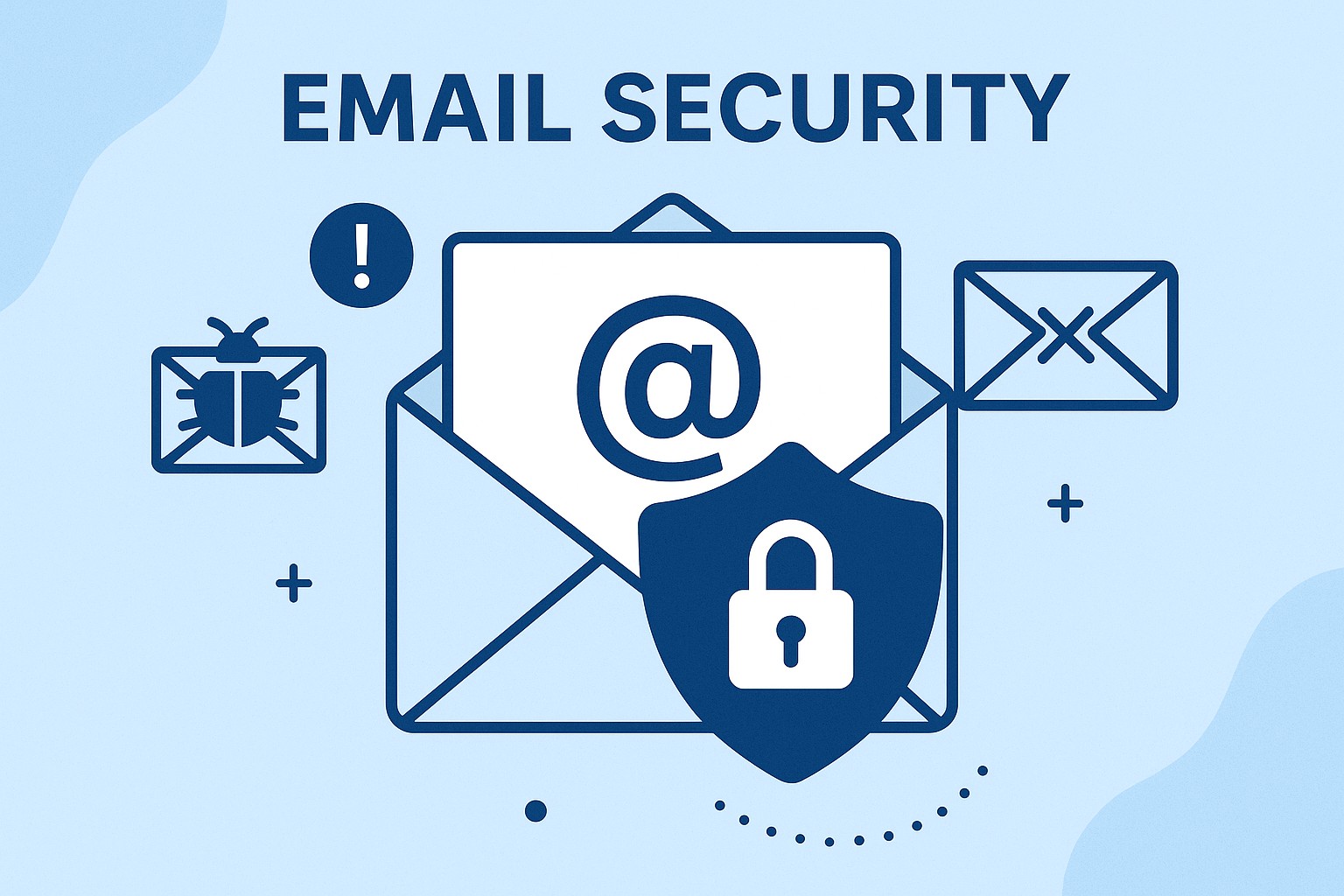

Email security refers to the collective measures taken to protect email accounts, content, and communication from unauthorized access, loss, or compromise. As email remains one of the most widely used communication tools, it is also a primary target for cybercriminals. Threats such as phishing attacks, malware, ransomware, and business email compromise (BEC) have made securing email systems more critical than ever. In this guide, we will explore why email security is important, common threats, and the best practices to protect yourself and your organization.
Confidentiality and Privacy: Sensitive personal and business information is frequently transmitted via email.
Financial Protection: Cyberattacks can lead to financial loss through fraud or theft.
Brand Reputation: Breaches can damage a company's reputation.
Legal Compliance: Industries must comply with data protection regulations like GDPR and HIPAA.
Without strong email security, businesses and individuals are vulnerable to catastrophic losses. Implementing security measures is not optional; it is a necessity.
Phishing Attacks: Deceptive emails designed to trick recipients into revealing personal information.
Malware: Attachments or links that install malicious software on your device.
Ransomware: Malware that encrypts your data and demands payment for its release.
Business Email Compromise (BEC): Targeted attacks on businesses to defraud them.
Spoofing and Impersonation: Attackers disguise themselves as trusted entities.
Spam: Unwanted emails that can sometimes carry harmful payloads.
Understanding these threats is the first step in developing a robust defense strategy.
Use Strong, Unique Passwords: Employ complex passwords and update them regularly.
Enable Two-Factor Authentication (2FA): Adds a second layer of security.
Educate Employees: Conduct regular training on recognizing phishing attempts.
Use Secure Email Gateways: Filter out malicious emails before they reach inboxes.
Encrypt Emails: Protect sensitive information during transmission.
Backup Data Regularly: In case of ransomware attacks, backups can save critical information.
Beware of Public Wi-Fi: Avoid accessing emails on unsecured networks.
Implementing these best practices can significantly reduce the risk of cyberattacks.
Spam Filters: Automatically detect and block unsolicited emails.
Antivirus Software: Protect against malware and viruses.
Secure Email Providers: Choose providers that prioritize security features.
Email Encryption Tools: Services like ProtonMail and Zix ensure email content confidentiality.
Data Loss Prevention (DLP) Systems: Monitor and prevent unauthorized sharing of sensitive data.
Security Awareness Training Platforms: Tools like KnowBe4 help train employees effectively.
Choosing the right tools enhances your overall security posture.
Email security is continuously evolving with advancements in AI and machine learning to detect and respond to threats more efficiently. Zero Trust models and Blockchain-based email systems are on the rise. As cyber threats become more sophisticated, future security measures will focus on predictive analysis and real-time threat intelligence to provide proactive protection.